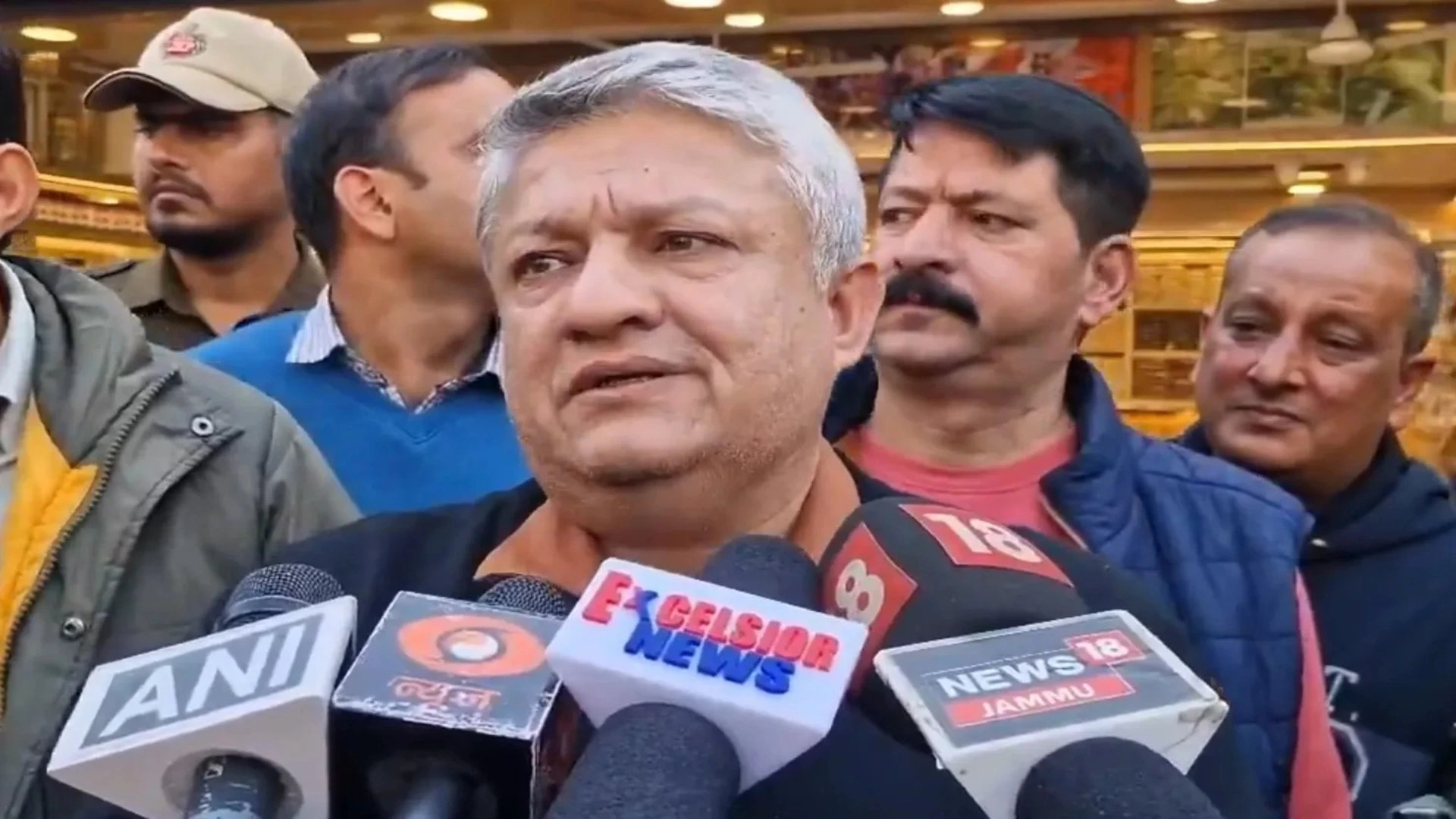
A celestial visitor known as a “mini moon,” which has been going along with Earth since September, will start moving towards the sun on Monday, disappearing from view until 2055.
The asteroid, named 2024 PT5, is about as long as a school bus and may be a gigantic chunk of the moon, dislodged centuries ago by a collision with another space rock. Its lunar origin has been proposed based on its motion patterns and composition.
Located 2 million miles from Earth—about nine times the distance to the moon—2024 PT5 has stayed so far away that it has never been able to be captured by Earth’s gravitational field. It will make a farewell pass in January, coming as close as 1.1 million miles before being drawn deeper into space by the sun’s gravity.
The asteroid measures about 33 feet in width and has only been observed through advanced telescopes. First spotted in August using a telescope in South Africa operated by the University of Hawaii, it has been under NASA’s close watch through its deep space network. NASA confirmed the object is not man-made but a natural entity.
Given the similarity between asteroid 2024 PT5’s motion and that of our planet’s, scientists at NASA’s Center for Near-Earth Object Studies suspect that the object could be a large chunk of rock ejected from the moon’s surface after an asteroid impact long ago,” noted Josh Handal, program analyst at NASA’s Planetary Defense Coordination Office.
For the past two months, 2024 PT5 has been traveling in a horseshoe-shaped orbit around Earth. As it approaches the gravitational pull of the sun, its speed will sharply increase. By January, its speed will be at least double that of September, astrophysicist Raul de la Fuente Marcos said from Madrid’s Complutense University.
NASA will observe the asteroid for more than a week in January using the Goldstone Solar System Radar Antenna in California’s Mojave Desert. That final observation will offer a better understanding of the origin and what make up the space object before it disappears in space for good.















